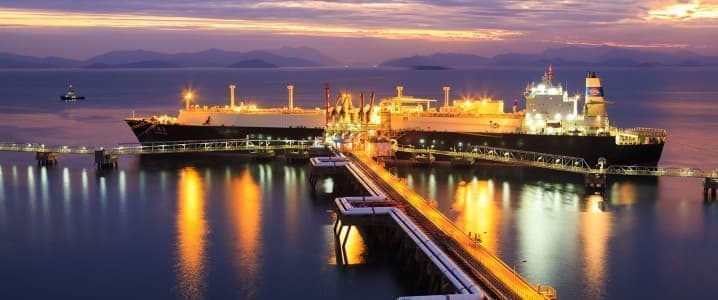The EU and the UK are expected to raise their combined LNG import capacity by 34%, or by 6.8 billion cubic feet per day (Bcf/d), by 2024 compared with 2021, the U.S. Energy Information Administration (EIA) said on Monday, citing data from the International Group of Liquefied Natural Gas Importers (GIIGNL) and trade press.

Europe’s regasification capacity is set to increase by 5.3 Bcf/d by the end of 2023 and rise by an additional 1.5 Bcf/d by the end of 2024, according to the estimates.
After a relatively modest expansion of LNG import capacity before 2022, Europe has rushed to reactivate and relaunch projects since the war in Ukraine.
Floating storage regasification units (FSRUs) are being set up in Germany, the Netherlands, and Finland. Eemshaven in the Netherlands and Wilhelmshaven and Brunsbüttel in Germany are expected to be operational by the end of this year.
So far this year, around 1.7 Bcf/d of the new and expanded LNG regasification capacity has been added in the Netherlands, Poland, Finland, Italy, and Germany, the EIA said.
The new EemsEnergy terminal in the Netherlands consists of two FSRU vessels and received its first import cargo in September 2022. The new FSRU terminal at Wilhelmshaven, Germany was completed earlier this month.
Regasification terminals currently under construction in seven EU countries could add an additional 3.5 Bcf/d of new capacity by the end of 2023. Germany, Poland, France, Finland, Estonia, Italy, and Greece are currently working to expand LNG import capacities, mostly with FSRUs, according to the EIA.
Demand destruction amid high prices could dent part of the LNG consumption in the short term in both Europe and Asia. But even in a weaker demand scenario, Europe will need a lot of LNG to replace all the Russian gas it will have lost after the end of this winter and to build up adequate inventories ahead of the 2023/2024 winter.
